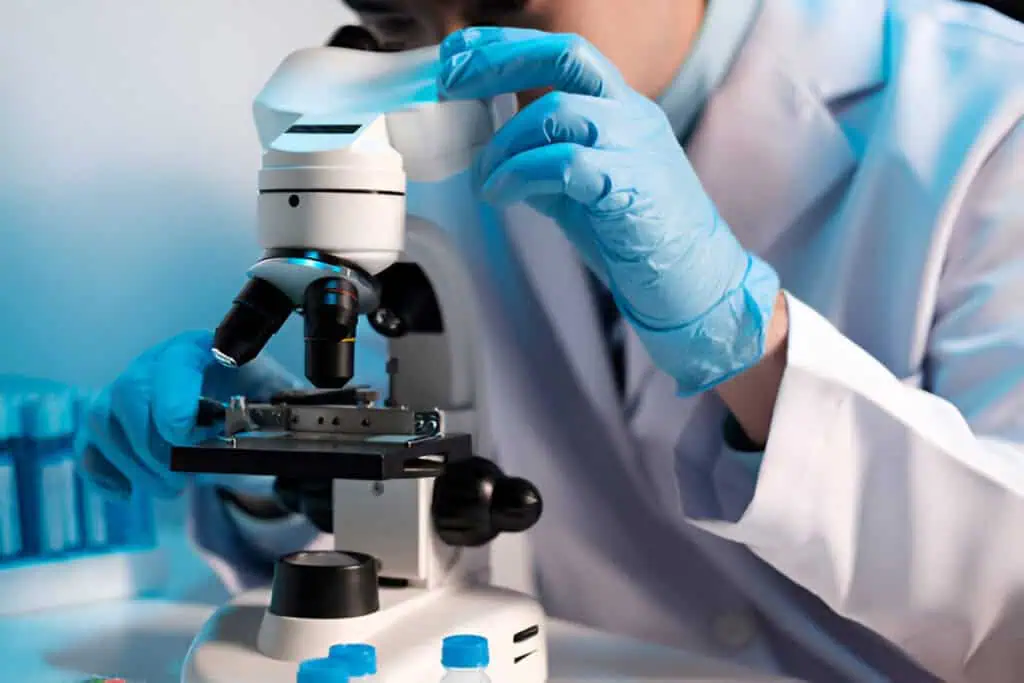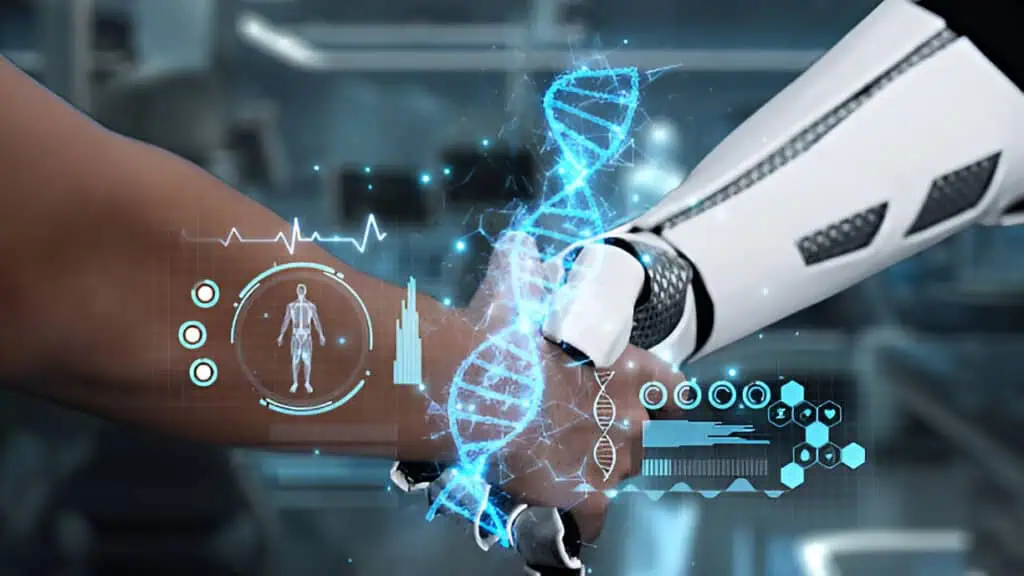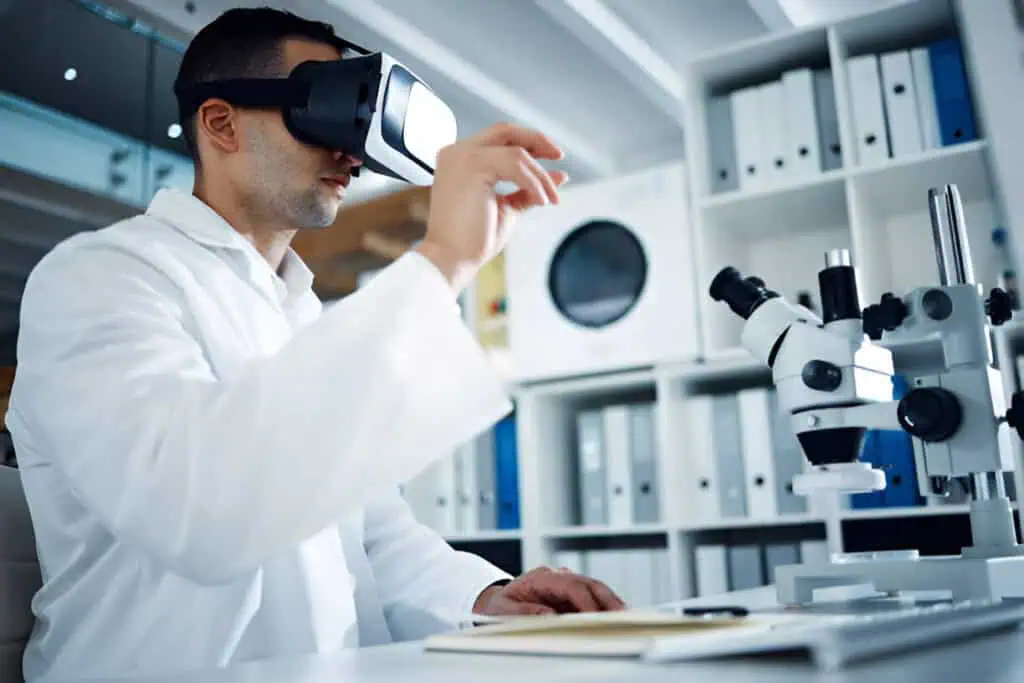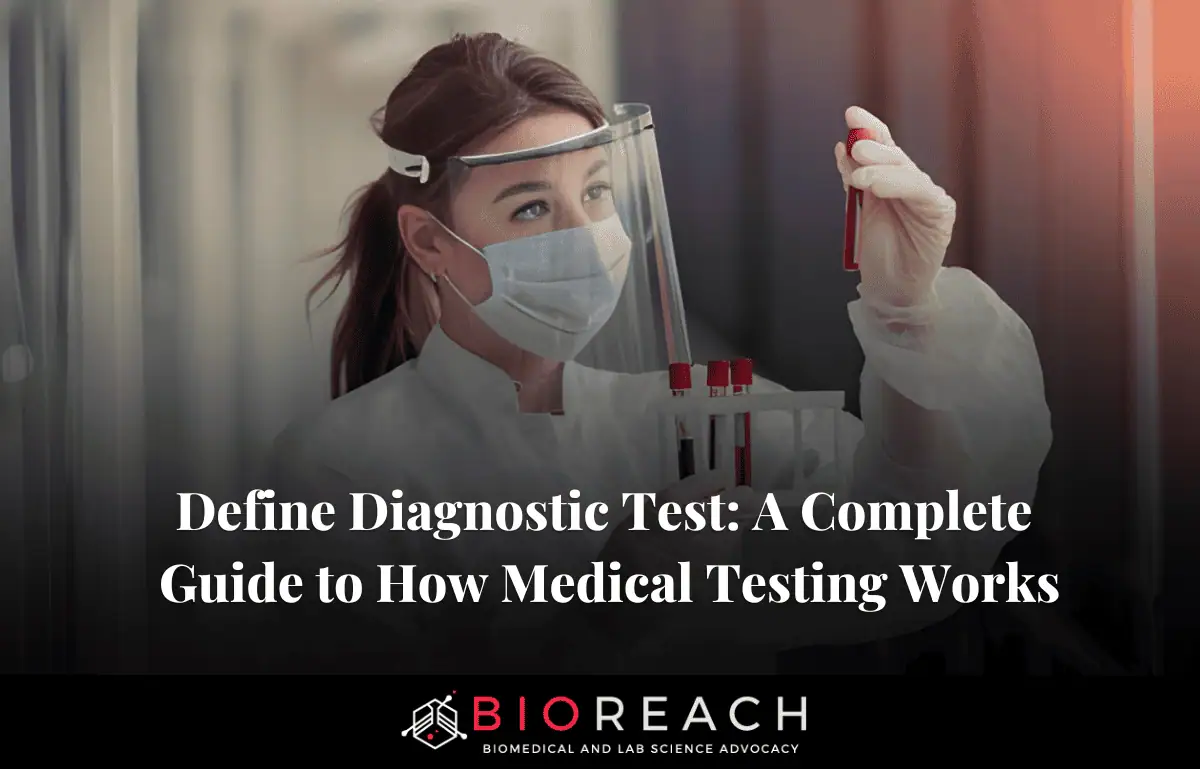Clinical laboratory science (CLS), also known as medical laboratory science, is a critical yet often overlooked field in healthcare. This survey note explores its significance, detailing its role in medical decision-making, patient care, and public health, while also examining recent trends, workforce challenges, and prospects. The analysis is informed by current research and industry insights as of April 29, 2025, aiming to provide a comprehensive understanding for both lay readers and professionals.
Introduction and Overview
Imagine visiting your doctor for a blood test due to feeling unwell. A few days later, you receive a diagnosis and treatment plan based on those results. Behind this process are clinical laboratory scientists, the unsung heroes working behind the scenes to analyze biological samples like blood, urine, or tissue. CLS is essential for diagnosing diseases, guiding treatments, and ensuring patient safety, yet it often remains invisible to the public. This note delves into why CLS is the hidden backbone of healthcare, supported by statistics and real-world examples.
The Role and Importance of Clinical Laboratory Science

CLS involves testing samples to provide data that doctors rely on for medical decisions. Research from the Mayo Clinic suggests that 60-70% of all medical decisions, diagnoses, treatments, hospital admissions, and discharges are based on lab test results (Mayo Clinic – Medical Laboratory Scientist). This underscores the field’s critical role in healthcare.
CLS professionals perform a wide range of tests, such as detecting abnormal cells for leukemia, measuring cardiac enzymes for heart attacks, identifying infection-causing bacteria or viruses, and analyzing DNA/RNA for genetic disorders or cancer markers. Their work ensures accuracy through techniques like spectrophotometry and molecular diagnostics, often developing new methods to meet evolving needs.
The importance of CLS extends beyond individual patient care. It saves lives, as seen in a case where a patient with a severe gastrointestinal bleed survived due to CLS professionals providing over 100 blood products in time University of West Florida. It ensures patient safety by reducing misdiagnoses through strict quality control, and it saves money by preventing unnecessary procedures, with early detection catching diseases before they become costly to treat.
Additionally, CLS protects public health by monitoring infectious diseases, tracking outbreaks like foodborne illnesses, screening newborns for genetic disorders, and addressing health disparities in underserved communities.
A 2008 study highlighted the expertise of CLS professionals, noting that 18% of junior doctors would order lab tests without knowing how to interpret results, emphasizing their role in guiding clinical decisions Elsevier.
Statistical Insights
To quantify CLS’s impact, consider the following table of key statistics:
| Statistic | Value | Source |
| Medical decisions based on lab tests | 60-70% | Mayo Clinic – Medical Laboratory Scientist |
| Expected new CLS jobs by 2030 | Over 26,000 | Bureau of Labor Statistics – Clinical Laboratory Technologists and Technicians |
| Annual lab tests in the U.S. | Billions | ASCLS Journal |
These figures illustrate CLS’s significant role, with billions of tests annually driving healthcare decisions and a projected job growth reflecting increasing demand.
The Hidden Nature of CLS
Despite its importance, CLS often goes unrecognized. Unlike doctors or nurses, CLS professionals rarely interact with patients, working late nights or weekends in labs to analyze samples. This lack of visibility is evident in popular media, where lab work is rarely depicted, yet without CLS, the healthcare system would struggle. An expert noted, “People think their lab tests are done by their doctor, like on Grey’s Anatomy. You wouldn’t want your physician doing your lab tests, the skills required are a whole different ballgame,” Elsevier.
Technological Advancements in 2025

As of April 29, 2025, CLS is at the forefront of technological innovation. Industry experts predict automation and AI as top trends, with automation handling increased workloads and addressing staffing shortages, and 89% of lab professionals seeing it as critical for patient care (Clinical Lab Products – 17 Laboratory Trends Dominating 2025). AI reduces repetitive tasks, suggests reflex testing, and enhances accuracy, while digital solutions like digital pathology ease shortages.
Personalized medicine is another major trend, driven by advancements in genomics, proteomics, and metabolomics, tailoring treatments via genetics, environment, and lifestyle (Clinical Lab Products – 17 Laboratory Trends Dominating 2025). Point-of-care testing (POCT) is expanding beyond respiratory to sexually transmitted infections, improving access via telehealth and at-home testing, crucial for low/middle-income countries. Self-collection, like for HPV testing, is increasing screening rates, reducing disparities, especially for Black and Hispanic-Latina women (Clinical Lab Products – 17 Laboratory Trends Dominating 2025).
Molecular testing is playing a larger role in fighting antimicrobial resistance, with techniques like PCR providing results four weeks faster than culture, vital given limited antifungal drugs and rising resistance (Clinical Lab Products – 17 Laboratory Trends Dominating 2025). Integration of laboratory information systems (LIS) and billing systems is streamlining workflows, reducing errors, and improving compliance with HIPAA and CLIA (Clinical Lab Products – 17 Laboratory Trends Dominating 2025).
Workforce Challenges and Opportunities

CLS faces a significant workforce shortage, with many professionals nearing retirement—41.2% of program directors indicated retirement within five years, and other faculty roles show similar trends (Addressing the Clinical Laboratory Workforce Shortage – ASCLS). This is compounded by increasing demand due to population growth, an aging population (projected to be nearly 1 in 4 Americans over 65 by 2060), and expanded molecular tests (Clinical Lab Products – 17 Laboratory Trends Dominating 2025).
However, this shortage creates opportunities. The Bureau of Labor Statistics projects over 26,000 new jobs by 2030, with sometimes higher salaries due to demand (Bureau of Labor Statistics – Clinical Laboratory Technologists and Technicians). Career advancement is possible with additional training, leading to roles like department leads, lab managers, or specializations in microbiology, chemistry, or hematology. To enter the field, a bachelor’s degree in medical laboratory science or a related field is typical, followed by certification from the American Society for Clinical Pathology (ASCP) Board of Certification (BOC) as MLS(ASCP)CM, with state licensure possibly required (Mayo Clinic – Medical Laboratory Scientist).
Future Trends and Predictions

Looking ahead, CLS is poised for significant changes. The aging population, with those 65+ outnumbering under 18s by 2034, will shift focus to chronic diseases like cardiovascular, diabetes, autoimmune, and cancer, driving personalized medicine and molecular diagnostics (Clinical Lab Products – 17 Laboratory Trends Dominating 2025). Laboratory consolidation will continue post-COVID, driven by reimbursement issues, FDA LDT rule, and staffing shortages, with mergers and acquisitions by large labs for efficiencies and data access (Clinical Lab Products – 17 Laboratory Trends Dominating 2025).
Regulatory changes, like FDA categorizing LDTs as medical devices, may start enforcement in May 2025, impacting innovation and investor confidence (Clinical Lab Products – 17 Laboratory Trends Dominating 2025). Collaboration is crucial, with labs working with research, IVD manufacturers, and pharma for biomarkers and therapeutics, essential for diseases like MS and Alzheimer’s, with rising R&D costs and falling reimbursements (Clinical Lab Products – 17 Laboratory Trends Dominating 2025).
Mass spectrometry is improving automated workflows, enhancing sensitivity and specificity for rapid, accurate results, while proficiency testing is focusing on predicting performance risks using lab and peer metrics (Clinical Lab Products – 17 Laboratory Trends Dominating 2025). Best practices for managing recovery after out-of-control events, like estimating sample errors, are also being adopted (Clinical Lab Products – 17 Laboratory Trends Dominating 2025).
Conclusion
In conclusion, clinical laboratory science is the hidden backbone of healthcare, underpinning medical decisions, saving lives, and protecting public health. As of April 29, 2025, it’s evolving with technologies like AI, automation, and personalized medicine, facing workforce challenges but offering significant career opportunities.
Its future is bright, with a growing role in addressing chronic diseases and public health crises, deserving greater recognition for its indispensable contributions.














